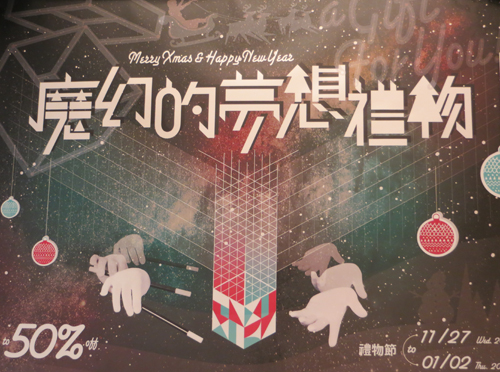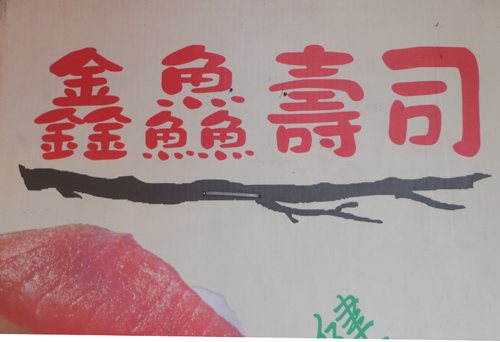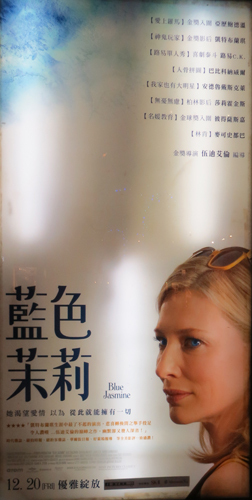A Touch of Playfulness
Will it surprise you if I do things out of order, starting off by introducing the newest essay? If this decision startles or astonishes you, that's only fitting because the newest work is essay 1172 on 驚 (surprise; to startle; astonish; frighten; wonder; amaze). Here's a sneak preview:

The on-duty radical in 驚 is 馬, the "horse" radical, so this essay gets our monthlong Year of the Horse celebration off to a running start. In coming weeks I will present three more essays with the same radical.
If you're hot to trot for both horses and kanji, you'll love an image of a horse that alludes beautifully to the 馬 shape, one that has never looked remotely horsy to me until now. The image comes from the blog of a talented illustrator.
A Touch of Playfulness
As thrilling as it is to see kanji presented in an attractive way, when people add a touch of playfulness, it's an unbelievable gift—perhaps something along the lines of a gift horse! I benefited from such gifts during my recent trip to Taiwan, so I'd like to pass along some of the sights that excited me most. I won't say much about these images, which may be the greatest gift of all!
In this ad for a tropical vacation destination, the "tree" radical in 格 ("grid; standard" in Chinese, "status" in Japanese) has become a palm tree! The word 香格里拉 is a phonetic rendering of “Shangri-La."
More fun with trees! They're sprouting from three characters! If we uproot the trees, we'll find 魔幻的夢想禮物, which means "Magical Dreamlike Gifts."
No trees here, but I can sense all the joy that went into making hanzi as tall as one story of a building. And check out the characters to the right, just above the green writing. How beautifully, crazily intricate!
We've moved from trees to flowers—namely, the language of flowers. The 花 (flower) has grown its own flower at the end of a ... tail? But that's not the most playful part here. Look at the lower left. Do you see what should be 蒲公英 ("dandelion" in both languages)? The 公 (public) has acquired a recycling symbol in place of its ム! How clever and subtle!
Repetition Compulsion
In Crazy for Kanji on page 53, I wrote about triples—characters such as 森 and 品, as well as less common examples. I counted only 15 such kanji. Somehow, I'm rarely aware of triples nowadays, despite all the kanji I encounter. But in Taiwan, I saw an example just minutes after I left the hotel on the first morning, and that kept happening. Could it be that hanzi is richer in triples? Here are some examples:
I knew I was in for a good trip when I saw this sign right away—and that feeling had nothing to do with wanting a massage! Apparently, 鑫 in Chinese pops up only in names.
Oh my goodness! I hit the jackpot here! Two triples in a row! The fish triple 鱻 can mean "fresh, new, delicious" or "rare, few." Presumably, the first set of definitions applies here.
This sign contains no triples, but the emphasis on duplication seems quite intentional. We find a 心 sandwich with the filling consisting of 比; that character contains two components that are nearly twins. To the left of the sandwich there's a marvel of a stack. Under the four strokes at the top we have 田, then 一, and then another instance of the same pattern. In both languages 薑 means "ginger," which is non-Joyo in Japanese. However, my proofreader says that the Japanese are familiar with only the newer version of this character, the non-Joyo 姜.
Movie Posters
One other kind of image filled me with a playful joy, though in this case there was no playfulness on the part of the people who presented me with this sight. I'm talking about Chinese-language posters for Hollywood movies:
The Secret Life of Walter Mitty! I love seeing 夢 at the heart of the title, as that was the last essay I posted before my trip! In the essay, I talked a bit about 白日夢 (はくじつむ: daydream). The rest of the title is 冒險王 (adventure king).
Blue Jasmine! Filmed in the San Francisco area, right where I live, it ended up in Taiwan with this writing on the poster:
藍色 ("blue" in Chinese), where the Chinese breakdown is blue + color, whereas the Japanese breakdown is indigo + color
茉莉 ("jasmine" in both languages) jasmine + jasmine
Both 茉 and 莉 are non-Joyo.
I wasn't even crazy about the movie, but the poster fills me with inexplicable delight. If I'd seen the film subtitled with Chinese characters, it wouldn't add to my understanding, but oh, how I would adore the thing from end to end!
Have a great weekend!










Comments